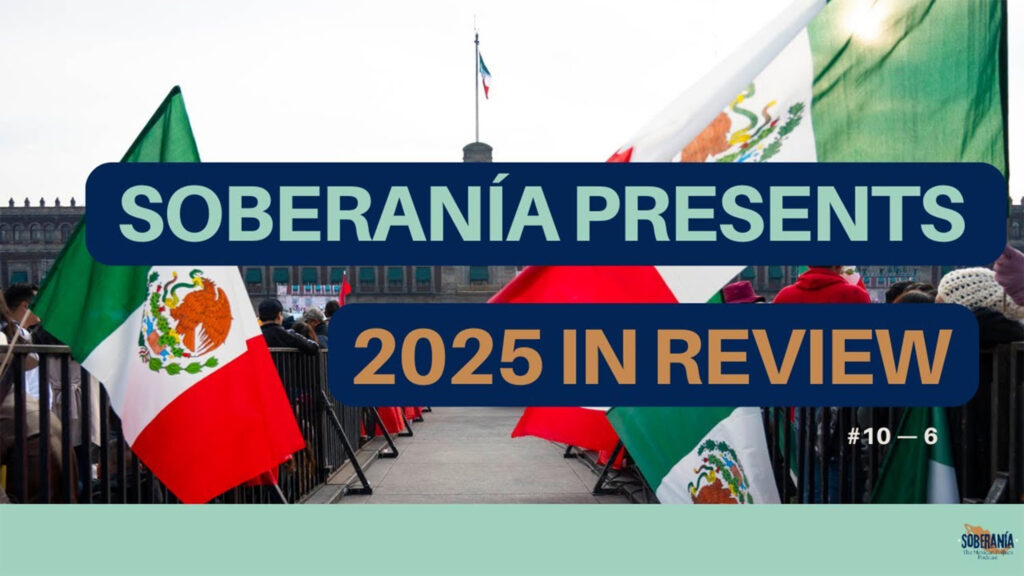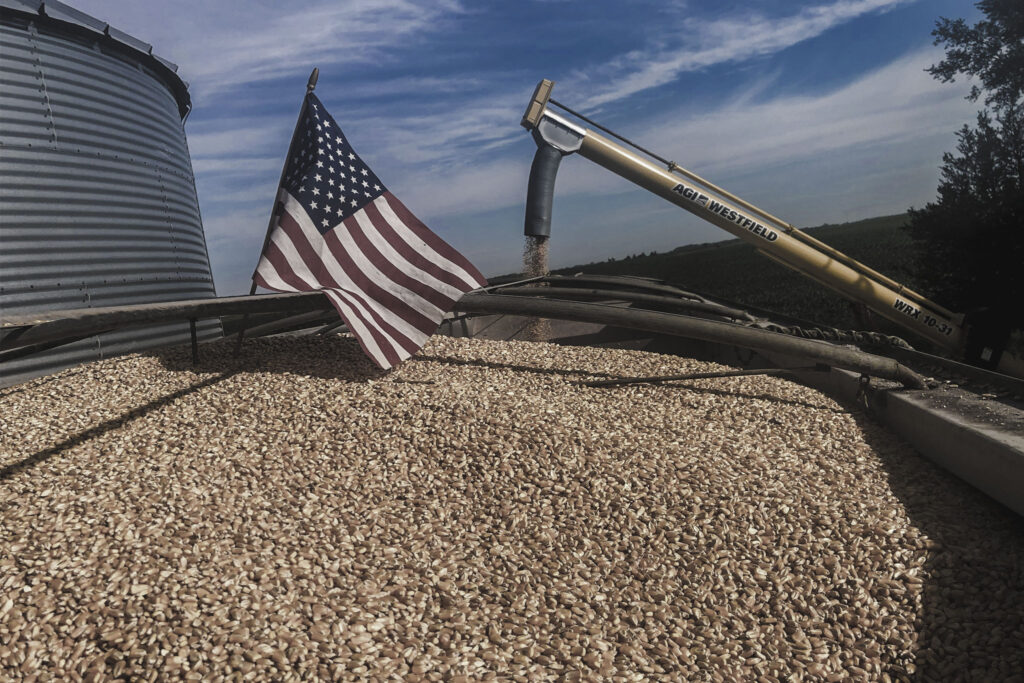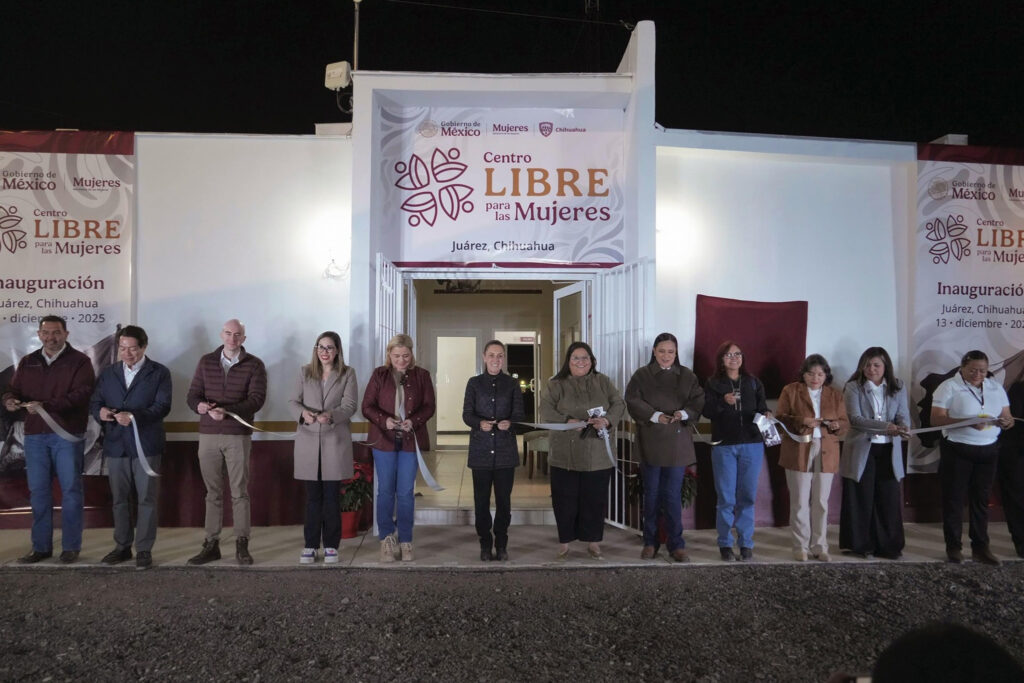Tulum: An Overdue Bill for a Sold-out Model
This column by Román Meyer Falcón originally appeared in the October 22, 2025 edition of El Sol de México. The views expressed in this article are the author’s own and do not necessarily reflect those of Mexico Solidarity Media, or the Mexico Solidarity Project.
Tulum is currently facing a crisis that has taken no one by surprise. Oversupply of real estate, uncontrolled urbanization, and a lack of planning have brought us to this point. What’s happening is not a temporary situation, but rather the consequence of a development model that was warned about years ago.
In September 2025, hotel occupancy fell to 49.2%, compared to 66.7% the previous year. Meanwhile, Cancún and Bacalar remain above 65%. The difference reflects that the problem is not tourism itself, but rather the way in which it promoted growth.
That’s why President Claudia Sheinbaum’s instruction to review the management of Jaguar Park and beach access fees is more than timely: it seeks to correct a model that confused expansion with development.

Tulum was born as the “anti-Cancún”: a low-density destination with a natural aesthetic and authentic experiences. But that narrative became a justification for uncontrolled urbanization. In just a few years, thousands of apartments and hotels were built—some valued at over ten million pesos—while many of the streets remain unpaved, without drainage, and without sidewalks. It’s a paradox that reveals the root of the problem: a city where international luxury is sold, but basic services remain precarious. The real estate boom did not translate into collective well-being, and property taxes, instead of being reinvested in infrastructure, were lost due to weak urban management.
During the previous administration, an urban containment model was promoted along the Mayan Train corridor to curb this expansionary pattern. In the case of Tulum, in response to the municipality’s intention to triple its urbanized area—from 1,140 hectares to more than 3,000—a first phase of growth of 60% of its current urban area was agreed upon within a ten-year window, contingent on consolidating services and infrastructure before launching a second phase. In neighboring municipalities, such as Bacalar and Felipe Carrillo Puerto, the maximum authorized growth was 17% and 8%, respectively. The rule was simple: before growing, consolidate.
In parallel, the Jaguar Park project was launched, seeking to organize and preserve the surroundings of the Tulum archaeological site, now surrounded by three Protected Natural Areas. A former 300-hectare airfield, already impacted, was incorporated to create an environmental belt that would contain the expansion and improve the transition between city, jungle, and heritage. The park is currently managed by the Ministry of Defense through the Olmeca-Maya-Mexica Group, which is responsible for its operation and promotion. It is key to consolidate comprehensive access to this space—via the Museo de la Costa Oriental, the largest in the region—that connects the archaeological entrance, the public beach, and the natural area, with differentiated and affordable rates to ensure that the common good is not restricted to luxury tourism.
The pressure on the Yucatán Peninsula is enormous. According to the Mexican Civil Council for Sustainable Forestry, based on data from CONAFOR and INEGI, between 2019 and 2023 the Yucatán Peninsula lost 285,580 hectares of forest cover, mainly due to agricultural and urban expansion. During that same period, the right-of-way for the Mayan Train —1,554 kilometers long by 40 meters wide—represented around 6,200 hectares , or just 2% of that total loss . This contrast demonstrates that deforestation is not due to railway construction, but rather to an uncontrolled territorial model that has also directly impacted Tulum: irregular subdivisions, logging, and uncontrolled tourist growth are today the real threat to its ecosystem.
In this context, the Maya Train represents an opportunity for correction. Its central purpose is not the train itself, but rather to consolidate a regional development model based on environmental and cultural preservation. Its mission is to connect Mayan remains—including those at Tulum, one of the most visited archaeological sites in the country—with sustainable tourism that generates local prosperity, curbs agro-industrial depredation, and halts urban sprawl without services. As the Costa Rican model demonstrates, when conservation is an economic driver, the forest ceases to be an obstacle and becomes an asset. But to achieve this, the railway system must guarantee real accessibility between stations, communities, and heritage sites, integrating mobility, the ecosystem, and the city.
To correct Tulum’s course, firm and transparent decisions are needed:
- Halt urban expansion beyond the agreed-upon limits until basic services—water, drainage, waste, electricity, and transportation—are fully guaranteed.
- Strengthen urban regulations and the destination’s image, with clear rules on heights, materials, advertising, and architectural typologies that restore coherence to the urban fabric.
- Invest in public spaces, complete roadways, lighting, and community amenities that dignify daily life.
- Make the use of property tax and lodging tax revenues transparent, ensuring that every peso collected is allocated to the most underserved urban services.
- Reform the Civil Code and the Public Property Registry to curb the smuggling of national lands and the false registrations that generate illegitimate rights.
- Maintain free and affordable access to beaches and archaeological heritage, preserving the public nature of common goods.
- Strengthen regional planning so that economic growth translates into territorial equity and well-being for local residents.
The crisis in Tulum is both a warning and an opportunity. It’s not a tourism problem: it’s an urban and territorial one. Continued uncontrolled growth would be a repeat of the same mistake. It’s time to consolidate what has been built, to invest in infrastructure, services, and public spaces before opening new avenues. What’s at stake is not just the future of a tourist destination, but Mexico’s ability to build a new relationship between tourism, territory, and community.
Tulum can once again become a symbol of balance, of nature and culture coexisting. It has the landscape, the legacy, and the national attention to achieve this. But it needs to recover a sense of planning: to grow while caring for what gives it life. Paradise isn’t lost overnight; it erodes little by little amidst streets without services, deforested jungles, and privatized beaches. Consolidation doesn’t mean standing still, but rather learning to mature as a society, understanding that true progress lies not in what is built, but in what is preserved and shared.
Román Meyer Falcón is an architect and urban planner.
-
Soberanía’s Top 10 Stories from Mexico in 2025: #10-6
The opposition’s missteps, the ambitious Plan Mexico, the influence of US actors in Mexico, mass Morena demonstrations, and Claudia Sheinbaum’s impactful first year in office.
-
The Transnational Corn Market
Without state regulation and as a result of “free trade”, transnational corporations are increasingly controlling the basic food market and imperiling Mexican food sovereignty.
-
People’s Mañanera December 23
President Sheinbaum’s daily press conference, with comments on travel across the country, ENCODAT, cardiac care, new ISSSSTE clinics, Texas navy accident, economic activity, and scrapping the video game tax.





